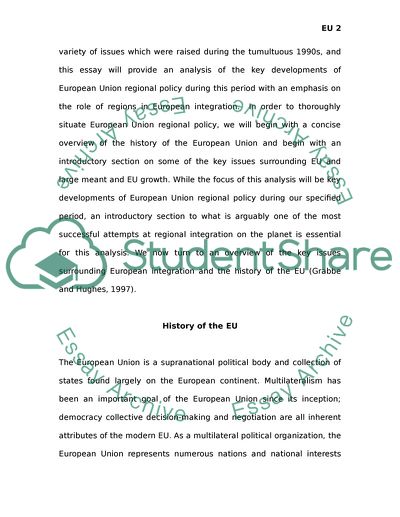Cite this document
(The European Unions Regional Policy Case Study Example | Topics and Well Written Essays - 2500 words, n.d.)
The European Unions Regional Policy Case Study Example | Topics and Well Written Essays - 2500 words. Retrieved from https://studentshare.org/politics/1728946-the-key-developments-of-european-union-regional-policy-during-1980s-and-1990s-describe-the-role-of-regions-in-european-integration
The European Unions Regional Policy Case Study Example | Topics and Well Written Essays - 2500 words. Retrieved from https://studentshare.org/politics/1728946-the-key-developments-of-european-union-regional-policy-during-1980s-and-1990s-describe-the-role-of-regions-in-european-integration
(The European Unions Regional Policy Case Study Example | Topics and Well Written Essays - 2500 Words)
The European Unions Regional Policy Case Study Example | Topics and Well Written Essays - 2500 Words. https://studentshare.org/politics/1728946-the-key-developments-of-european-union-regional-policy-during-1980s-and-1990s-describe-the-role-of-regions-in-european-integration.
The European Unions Regional Policy Case Study Example | Topics and Well Written Essays - 2500 Words. https://studentshare.org/politics/1728946-the-key-developments-of-european-union-regional-policy-during-1980s-and-1990s-describe-the-role-of-regions-in-european-integration.
“The European Unions Regional Policy Case Study Example | Topics and Well Written Essays - 2500 Words”, n.d. https://studentshare.org/politics/1728946-the-key-developments-of-european-union-regional-policy-during-1980s-and-1990s-describe-the-role-of-regions-in-european-integration.


